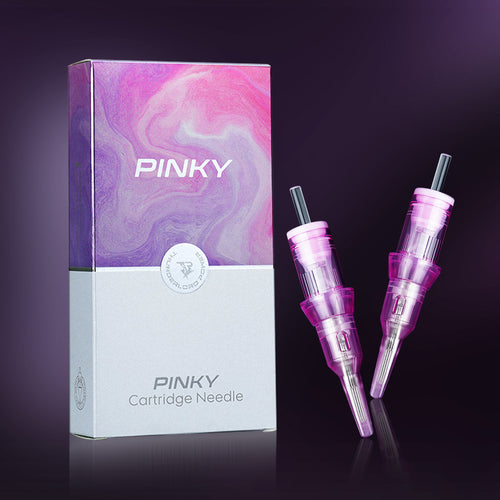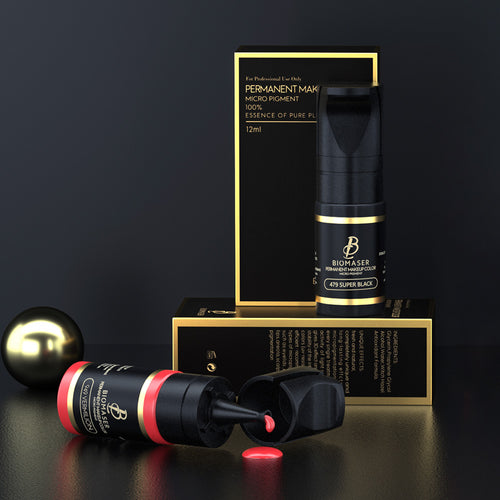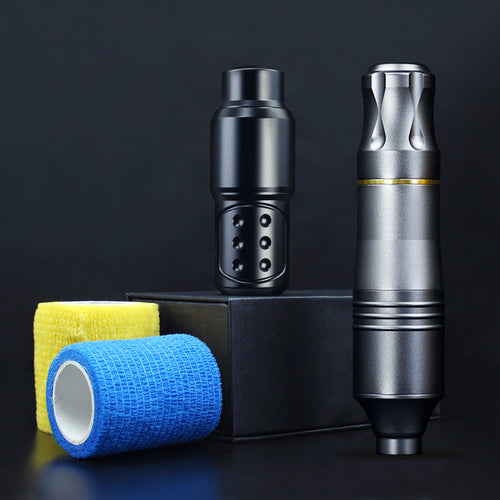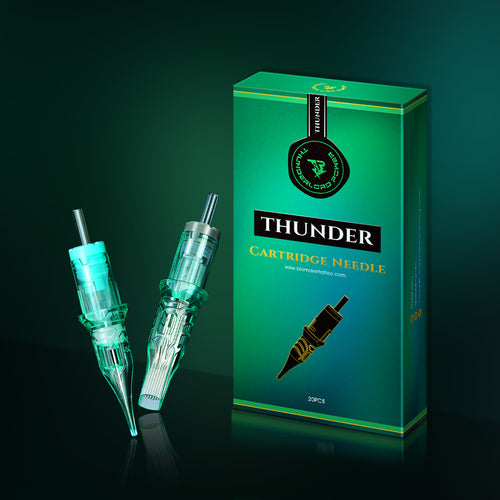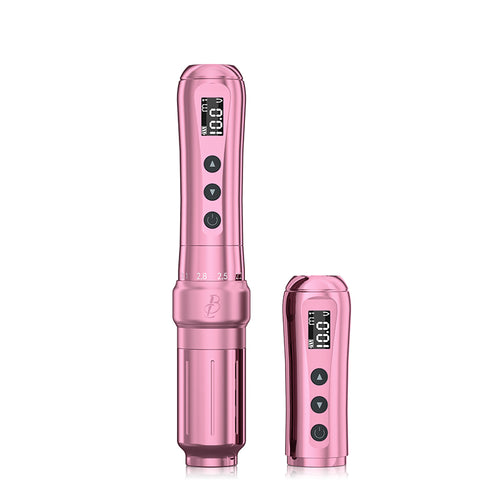Microblading vs. Microshading: What Are Their Differences

|
Aspect |
Microblading |
Microshading |
|
Technique |
Fine, hair-like lines |
Gradient effect with dots |
|
Tools |
Specialized hand tool with a blade of tiny needles |
Rotary tool and needle |
|
Pain Level |
Slightly more uncomfortable, like sharp pinches |
More comfortable, like a light graze or brush of sandpaper |
|
Results |
More natural, individual strokes mimic real hair |
Softer, powdered look, less natural up close but neat from a distance |
|
Healing Time |
7-14 days for skin surface to heal, up to a month for pigment to fully set |
|
|
Aftercare |
Avoid getting the area wet, no skincare products or makeup, and apply ointment if provided |
|
|
Longevity |
1-3 years, may require touch-ups sooner due to finer lines |
1-3 years, potentially longer-lasting than microblading |
|
Cost |
Varies based on location and technician, may be slightly cheaper |
Varies, may be slightly more expensive due to equipment and longer-lasting results |
Well-shaped eyebrows can enhance our overall appearance, boost confidence, and even make us look younger. With the growing popularity of semi-permanent makeup techniques, two methods have emerged as frontrunners in the quest for perfect brows: microblading and microshading. Both of them offer solutions for those looking to enhance their eyebrows, whether due to sparse growth, over-plucking, or simply a desire for a more defined look. However, these techniques differ in their approach, results, and suitability for different individuals. Understanding these differences is necessary to make an informed decision when deciding the method.
Understanding Microblading and Microshading

Microblading: Definition and Process
Microblading is a form of tattoo artistry in which pigment is implanted under the skin with a manual handheld tool instead of a machine. The tool draws hair-like strokes to mimic natural hairs in the brows, resulting in a very realistic look. The process of microblading typically involves the following steps:
- Consultation and brow mapping to determine the ideal shape
- Application of numbing cream to minimize discomfort
- Manual creation of fine, hair-like strokes using a microblading tool
- Application of pigment to the created strokes

Microshading: Definition and Process
Microshading, sometimes referred to as "powder brows" or "ombre brows," is a procedure that creates a soft, shaded eyebrow pencil look. It gives a more filled-in appearance as opposed to the individual hair-like strokes produced by microblading. The process of microshading typically includes:
- Consultation and brow mapping
- Application of numbing cream
- Use of a machine to create tiny, pin-point dots of pigment in the brow area
- Gradual building of color to achieve the desired shade and intensity
What Are the Key Differences Between Microblading and Microshading?
Comparing Techniques and Tools

Microblading is a precise art form that focuses on creating fine, hair-like lines etched into the skin. This technique uses a specialized hand tool equipped with a blade formed by a series of tiny needles. Custom-formulated pigments are used in microblading, chosen specifically to blend with your natural brow color and designed to fade gradually over time. This ensures a more stable color and avoids the unnatural discoloration seen in traditional tattoo inks.

Unlike microblading, microshading uses a rotary tool and needle and involves depositing small dots of pigment into the skin, which creates a gradient effect. This method is particularly popular among those seeking a more subtle, diffused look akin to eyebrow powder.
Pain and Discomfort Levels
Pain tolerance varies from person to person, but generally, microshading is considered to be slightly more comfortable than microblading. This is due to the difference in techniques.
Microblading might feel a bit more uncomfortable for some because it involves drawing individual lines that mimic eyebrow hairs, which can give a sharper sensation akin to slight pinches. In contrast, microshading is often compared to the feeling of a light graze, similar to the brush of sandpaper, because it uses a quick, stippling method to create a shaded effect. But generally speaking, many find both techniques to be bearable, especially with the help of numbing creams applied before the procedures begin.
Naturalness of Final Results
Microblading provides a more natural end result compared to microshading. The individual strokes appear like natural hairs, making it hard to distinguish between what's real and what's been enhanced. Microshading creates a softer, more powdered look that can appear less natural up close but provides a neat, filled-in appearance from a distance.
Healing Process and Aftercare
The healing process for both procedures is similar, typically taking about 7-14 days for the surface of the skin to heal and up to a month for the pigment to fully set in. The aftercare for both microblading and microshading is largely similar:
- Avoid getting the area wet for a certain period (typically around a week), which includes keeping away from sweaty workouts and steamy showers.
- Refrain from using skincare products directly on the treated area for a week or so, including face creams, makeup, and sunblock.
- No scratching or peeling the treated area.
- Apply an ointment or balm if provided by your technician to help with healing and maintain hydration.
Longevity and Durability
Both methods can last anywhere from one to three years depending on factors such as skin type, sun exposure, and lifestyle. Microblading typically requires touch-ups sooner than microshading due to the finer line work.
Cost Implications
The cost of both procedures can vary widely depending on the location, the experience of the technician, and the specific techniques used. Generally, microshading may be slightly more expensive due to the equipment used and the potentially longer-lasting results. However, when considering cost, it's important to factor in the frequency of touch-ups required, which may be less often with microshading.
How to Choose for Your Brows?
When deciding between microblading and microshading, several factors should be taken into account:
- Skin Type: Microblading tends to work better on normal to dry skin, while microshading can be more suitable for oily skin types.
- Desired Look: If you prefer a more natural, hair-like appearance, microblading might be your best option. For a more filled-in, makeup-like look, microshading could be preferable.
- Lifestyle: Consider factors such as how often you exercise, swim, or engage in activities that cause sweating, as these can affect the longevity of the results.
- Allergy and Sensitivity Concerns: Regardless of the method you lean towards, always ask for a patch test to avoid any allergic reactions to the pigments used.
Elevate Your Eyebrows and Boost Your Confidence
Both microblading and microshading offer effective solutions for enhancing eyebrows, but they differ in technique, results, and suitability for different individuals. The choice between microblading and microshading ultimately depends on your personal preferences, skin type, and lifestyle. Take your time to research, ask questions, and feel comfortable with your decision before proceeding with either microblading or microshading.
FAQs:
1. Can microblading or microshading cause infections?
Infections are rare if you follow the aftercare instructions properly and visit a reputable practitioner who follows all the safety guidelines.
2. Is there anyone who shouldn't get these procedures done?
Those who are pregnant, nursing, or have certain medical conditions should avoid these procedures. Always consult with your healthcare provider if unsure.
3. Will I still need to use brow makeup after getting microblading or microshading done?
Most clients find that they no longer need to use as much brow makeup, if any at all, once they have had these treatments. It depends on your desired look.




